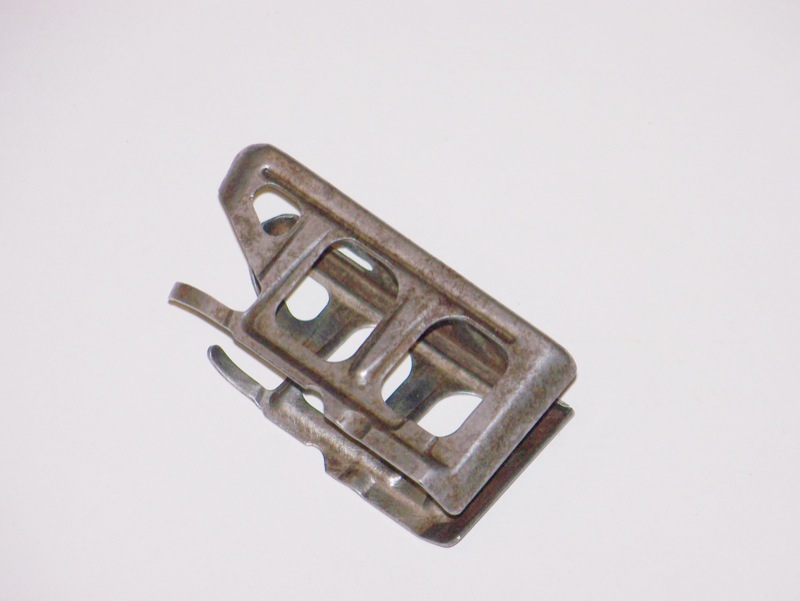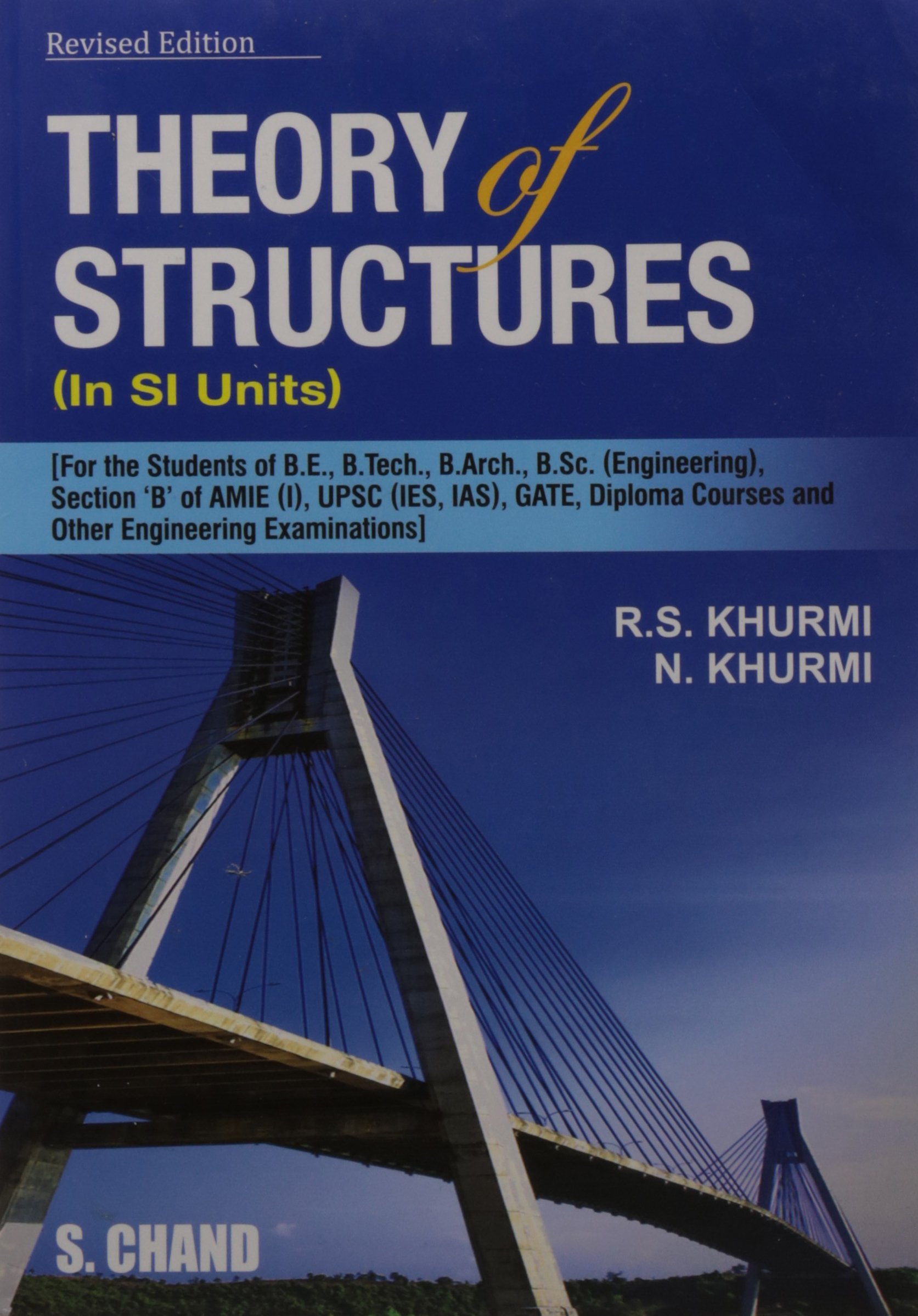

Using things like Load From a Disc, Hornady Ballistics calculator, Powley computer and the velocity estimator from I came up with a 75 gr bullet (estimated at 0.41 ballistic Coefficient), muzzle energy of 1324 lb-ft.

Which is why the 5.56x45 case is regarded as simply too small to provide the basis for any new infantry cartridge. Tony Williams wrote:However, the key question to ask of any new rifle/MG round: is it capable of replacing the 7.62x51 as well as the 5.56x45? If not, then it's never going to happen, because the 5.56mm is regarded as adequate at shorter ranges, and the 7.62mm is there for anything longer. 270 in 1950 we probably wouldn't have bothered with developing any smaller cartridge. The 4.85mm British was designed around the 5.56x45 and used the same case so that the two only needed a barrel change to switch between them - because the British realised that the 5.56x45 would almost certainly win the competition.Ī few years before the 5.56x45 was selected by NATO, the British had carried out further research into small arms and decided that a 6.25 mm round would be optimal for infantry rifles. 270 British (late 1940s) 7x43 British (.280/30) 7.62x51 NATO 7x46 UIAC (current private US experimental) 6.5mm Grendel (current US commercial). 276 Pedersen (came very close to US adoption in the 1930s, the UK was very interested in it). The photo below shows a selection of cartridges for comparison purposes, from left to right. Before then, a lot of work had been done by the British Small Arms Calibre Panel (popularly known as the Beeching report - yep, the railway assassin) and they had settled on a. The 7x43 was designed to meet US long-range requirements which the British thought were unnecessary. Just like with 7.62x 51mm & 5.56x45mm as opposed to 7x43mm and 4.85x49mm had we gone Britishĭepends on how you look at it.


 0 kommentar(er)
0 kommentar(er)
